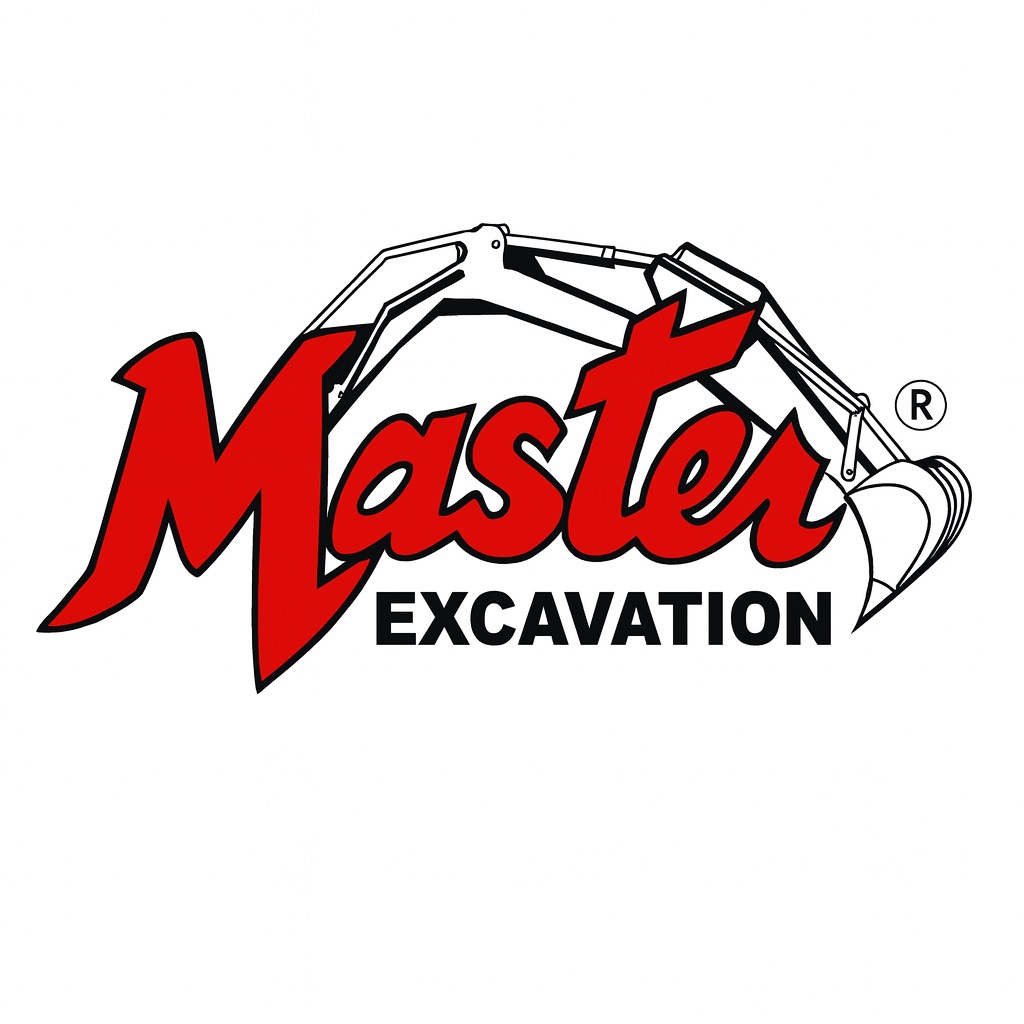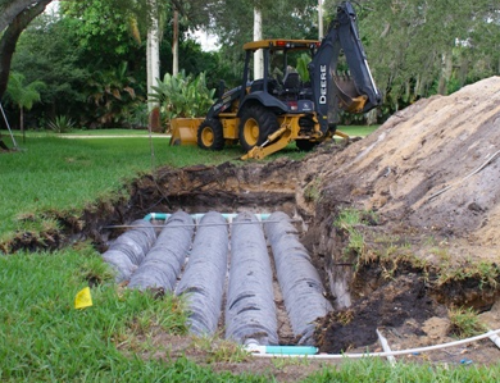A drain field is a crucial component of your home’s septic system, responsible for removing contaminants from the water that emerges from your septic tank. But what happens when something goes wrong? Understanding the signs of a failing drain field and knowing the steps to take can save homeowners from a potential environmental hazard and costly repairs. This guide will walk you through what to do when your drain field goes awry and how Master Excavation can help restore your system’s functionality and protect your home.
Signs of a Failing Drain Field
Before we dive into solutions, it’s important to recognize the signs that your drain field might be in trouble. Some common indicators include:
- Water Pooling: If you notice standing water in your yard, especially around the drain field area, it could be a sign that the system is overloaded and can’t properly disperse wastewater.
- Bad Odors: A healthy drain field should not emit foul smells. If you notice unpleasant odors outdoors, it’s a clear sign something isn’t right with your septic system.
- Sewage Backup: One of the most alarming signs is sewage backup in your home. This indicates a serious issue that needs immediate attention.
- Lush Vegetation: Strangely lush or green patches of grass over your drain field may seem like a good thing at first glance, but it’s actually a sign of a leak or failure in your system.
- Slow Drains: If all your home’s drains are slow, this could indicate that your septic system, including the drain field, is not functioning correctly.
Steps to Take When Your Drain Field Fails
If you suspect your drain field has gone awry, don’t panic. Follow these steps to address the problem:
1. Reduce Water Usage
Minimize the amount of water flowing into your septic system. This can give your drain field some time to recover. Consider fixing leaky faucets, taking shorter showers, and not using your dishwasher or washing machine until the problem is resolved.
2. Inspect and Pump Your Septic Tank
Sometimes, the issue might be with a full or overfilled septic tank. Have a professional inspect your septic tank and pump it out if necessary. This can alleviate immediate pressure on your drain field and may resolve the issue if the field is not too damaged.
3. Consult a Professional
Master Excavation specializes in diagnosing and resolving septic system and drain field problems. We use state-of-the-art equipment to assess the situation and recommend the best course of action.
How Master Excavation Can Help
Our team at Master Excavation understands the critical nature of a functioning septic system. Here’s how we can assist:
Diagnostics and Evaluation
We start with a thorough evaluation of your septic system and drain field to diagnose the root cause of the problem. Our experts use camera inspections and soil testing to pinpoint issues accurately.
Repair and Restoration
Depending on the severity of the damage to your drain field, we offer various repair options. From minor fixes to complete drain field restoration or replacement, our team is equipped to handle it all.
Maintenance Advice
Prevent future issues with professional advice on maintaining your septic system and drain field. Regular maintenance can greatly extend the life of your septic system and prevent costly failures.
Installation Services
In some cases, a new drain field might be the only solution. Master Excavation provides professional drain field installation services, ensuring your new system works efficiently for years to come.
Final Thoughts
A failing drain field can seem daunting, but with the right approach and professional help, it can be resolved. Recognizing the signs early and taking prompt action can save you from more significant problems down the road. If you’re facing issues with your drain field, Master Excavation is here to help. Our expert team can provide the diagnostics, repair, and maintenance services you need to get your septic system back in working order.


